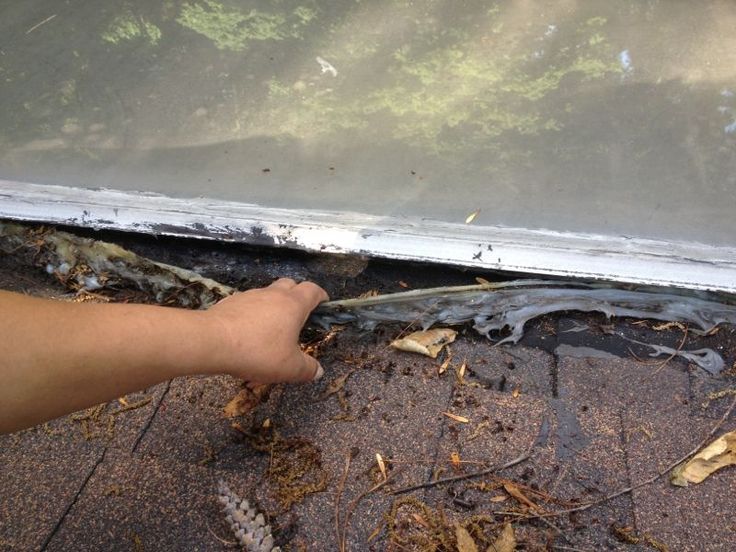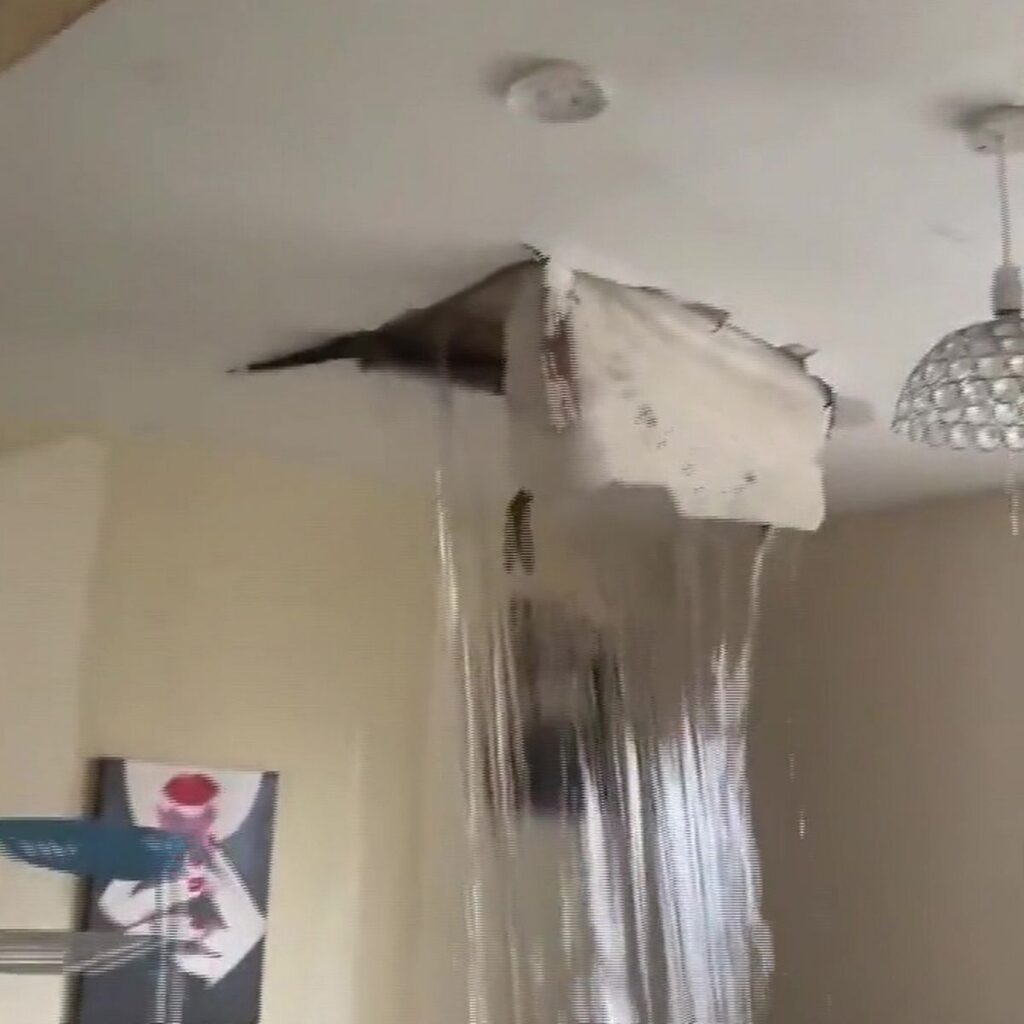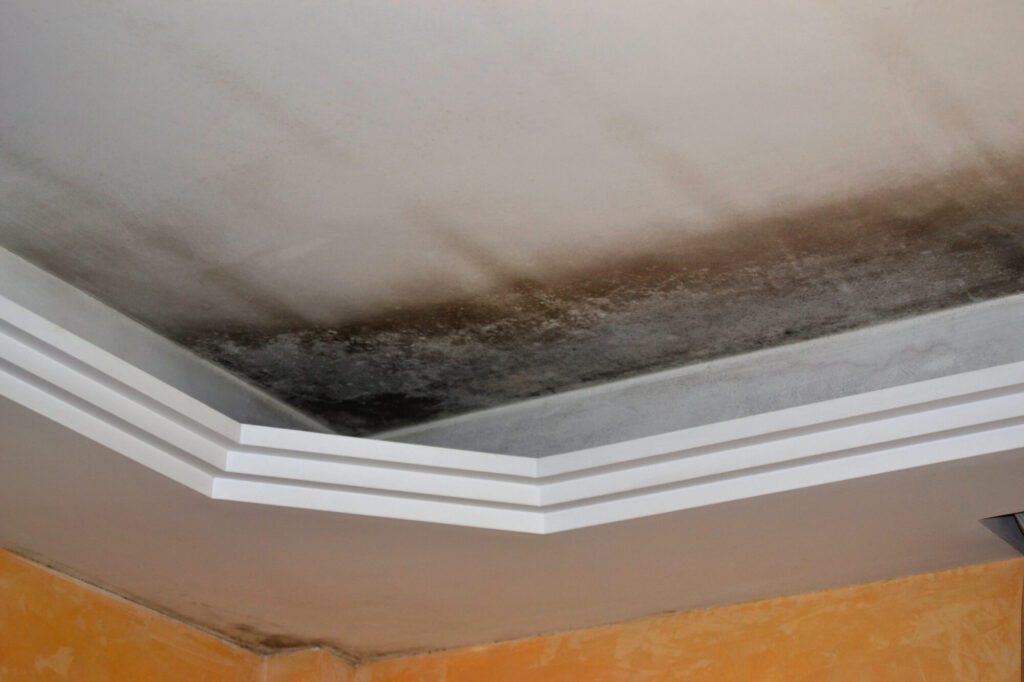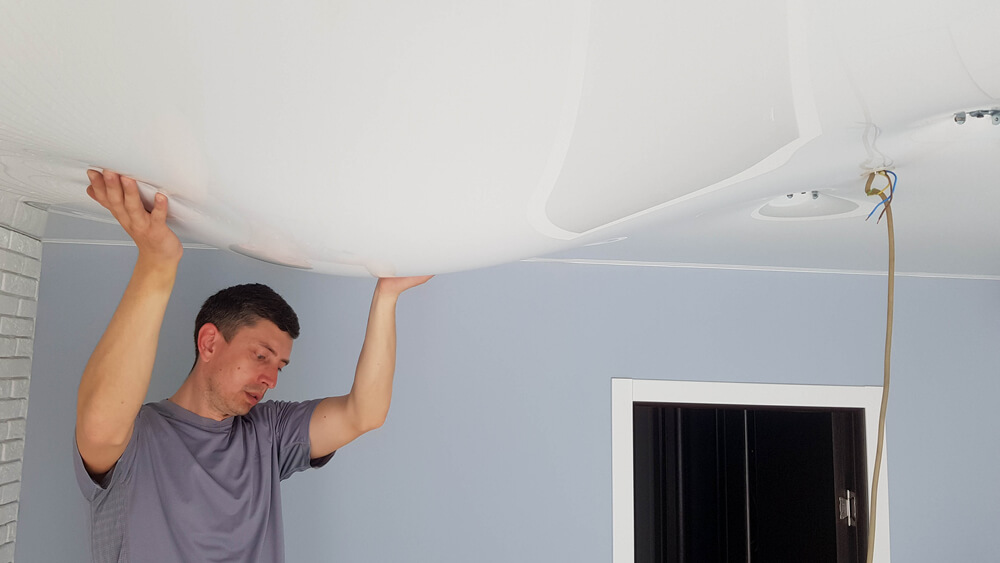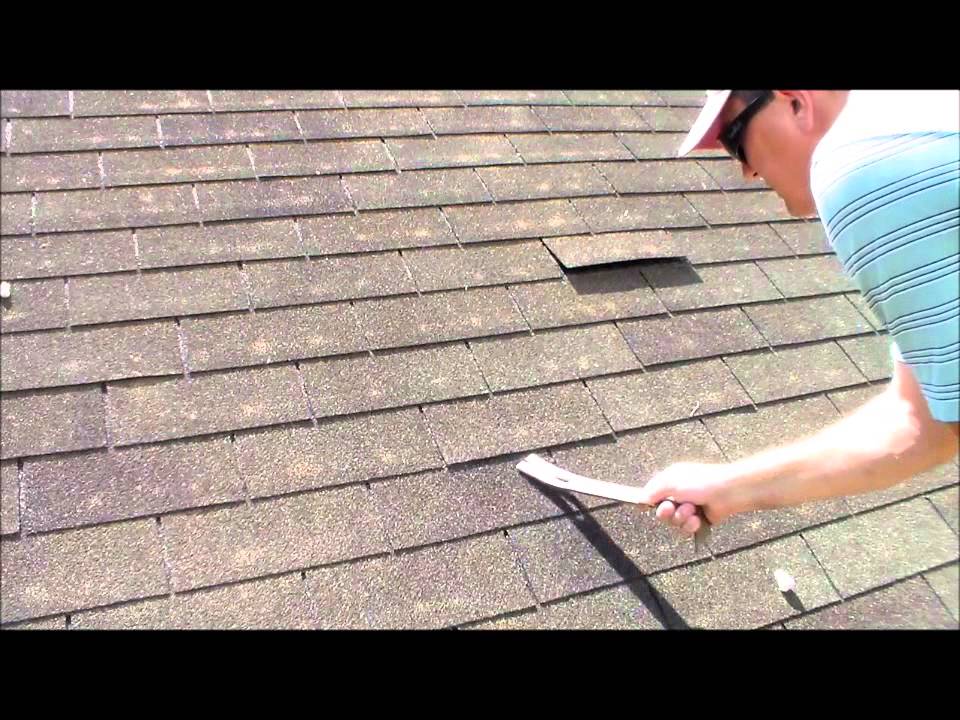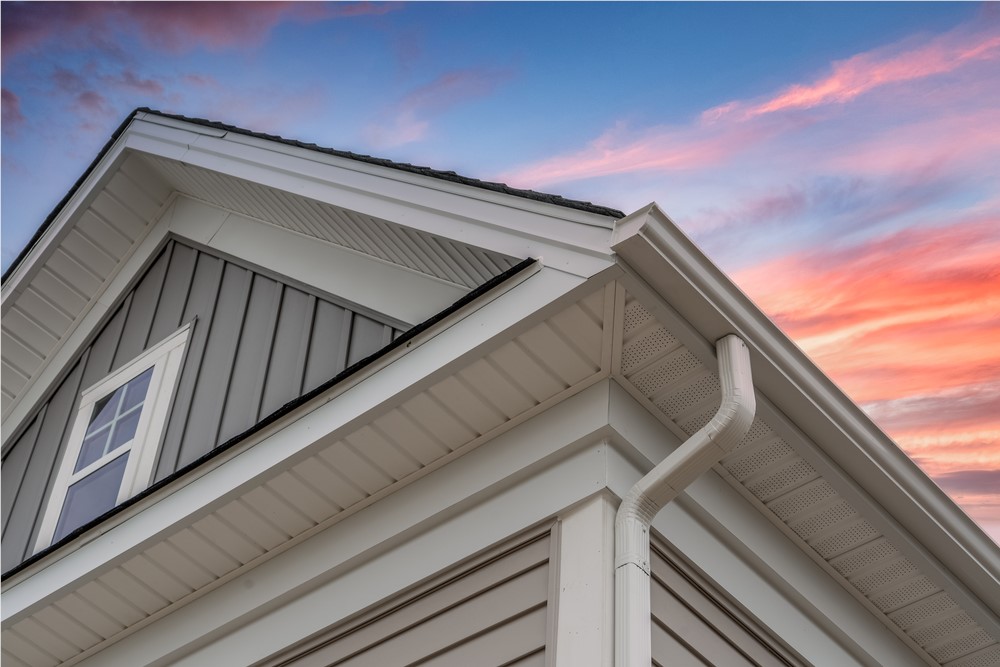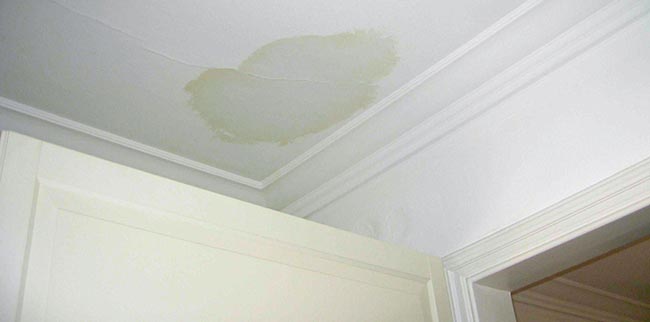During heavy rainstorms, many homeowners find themselves questioning whether it is normal for their roof to start leaking. While it can be a cause for concern, experiencing a leak in your roof during heavy rain is not entirely uncommon. In this article, we will explore the various factors that can contribute to a leaky roof during heavy rainfall, and provide some insights on how to address this issue effectively. So, if you’ve ever wondered why your roof leaks when it pours outside, keep reading to find out more!
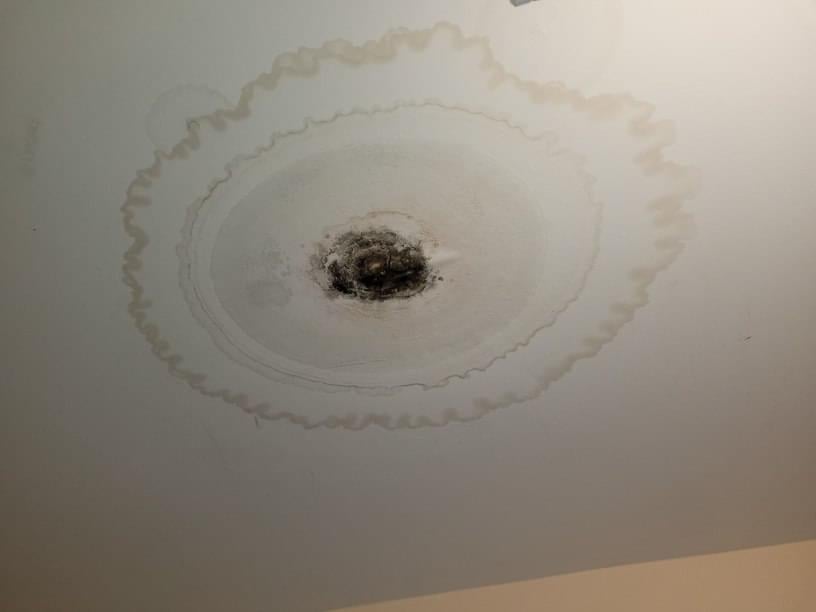

Causes of Roof Leaks in Heavy Rain
Age and wear of the roof
One of the common causes of roof leaks during heavy rain is the age and wear of the roof. Over time, constant exposure to the elements can cause the roofing materials to deteriorate, leading to weakened spots that allow water to seep through. This is especially true for roofs that have surpassed their recommended lifespan.
Missing or damaged shingles
Another frequent culprit of roof leaks in heavy rain is missing or damaged shingles. Strong winds and heavy rain can loosen or completely remove shingles from the roof, leaving gaps and vulnerable areas where water can penetrate. It is crucial to regularly inspect your roof and replace any missing or damaged shingles promptly to prevent leaks.
Improper roof installation
Improper roof installation can also contribute to roof leaks during heavy rain. If the roof was not installed correctly, it may lack the necessary waterproofing measures, such as proper underlayment or flashing, which can result in water seeping into the structure. Hiring a professional roofing contractor who follows industry best practices is essential to ensure a watertight roof.
Roof flashing issues
Roof flashing, which is used to redirect water away from vulnerable areas like chimneys, skylights, and vents, can deteriorate over time. Cracked or damaged flashing can allow rainwater to seep into the roof, causing leaks. Regular maintenance and inspection of the flashing can help detect any issues and prevent potential leaks.
Clogged gutters and downspouts
Clogged gutters and downspouts can play a significant role in roof leaks during heavy rain. When gutters are clogged with debris such as leaves and twigs, rainwater cannot flow freely, resulting in water overflowing onto the roof. This excess water can find its way underneath shingles or seep into the walls, causing leaks. Regular gutter cleaning and maintenance are essential to prevent this issue.
Ice dams
In regions with freezing temperatures, ice dams can form on the roof during heavy rain and snowfall. Ice dams occur when the heat from the attic melts the snow on the roof, which then freezes at the eaves and forms a barrier. The water from rain or melting snow can pool behind the dam, causing it to seep into the roof and lead to leaks. Proper insulation and ventilation in the attic can help prevent the formation of ice dams and subsequent leaks.
Condensation
Condensation may occur inside the attic or roof space during heavy rain, leading to potential leaks. This can happen when there is inadequate ventilation or insulation, causing warm, moist air from inside the house to come into contact with the cold roof. The condensation can then seep into the roof, resulting in leaks. Proper attic ventilation and insulation can help reduce condensation and minimize the risk of leaks.
Structural damage
Any structural damage to the roof, such as holes or cracks, can make it susceptible to leaks during heavy rain. These damages can be caused by various factors, including fallen branches, animals, or extreme weather conditions. It is important to regularly inspect your roof for any signs of structural damage and address them promptly to prevent leaks.
Cracked or damaged chimney
A cracked or damaged chimney can be a common source of roof leaks during heavy rain. The flashing around the chimney can degrade over time, allowing water to enter. Additionally, the mortar between the chimney bricks can deteriorate, creating gaps where water can seep through. Regular chimney inspections and repairs can help prevent leaks caused by chimney issues.
Skylight leaks
Skylights can enhance the aesthetics and natural lighting of a home, but they can also be a potential source of leaks during heavy rain. Improper installation, damaged seals, or aging materials can lead to water infiltration around skylights. Regularly inspecting the skylight for any signs of leaks or deterioration and ensuring proper installation can help prevent water from seeping through during heavy rainfall.
Effects of Roof Leaks During Heavy Rain
Interior water damage
Roof leaks during heavy rain can cause significant interior water damage. Water can seep through the roof, leading to water stains on ceilings or walls, dripping or pooling water, and discoloration. This water damage can ruin paint, wallpaper, and other interior finishes, requiring extensive repairs and restoration.
Mold growth
The presence of moisture from roof leaks provides an ideal environment for mold growth. Mold can start to develop within 24-48 hours after water infiltration, posing health risks and further damaging the property. Mold growth can cause respiratory issues, allergies, and even structural damage if left untreated.
Weakened structural integrity
Persistent roof leaks can weaken the structural integrity of the entire building. Water that infiltrates the roof can seep into the walls, floors, and foundation, compromising their stability and strength. This can lead to costly repairs and potentially unsafe living conditions.
Electrical hazards
Roof leaks can pose electrical hazards if water comes into contact with electrical wiring or fixtures. The presence of water near electrical outlets, lighting fixtures, or appliances can increase the risk of electrical shocks and fires. It is crucial to shut off the electricity to affected areas and seek professional assistance to ensure safety.
Increased energy consumption
Roof leaks can also result in increased energy consumption. Water infiltration can damage insulation, reducing its effectiveness in regulating indoor temperature. As a result, homeowners may compensate by using more energy to heat or cool their homes, leading to higher utility bills.
Compromised insulation
Roof leaks can compromise the insulation in the attic or roof space. Wet insulation loses its insulating properties, reducing its effectiveness in maintaining a comfortable indoor environment. This can result in uneven temperatures, drafts, and higher energy bills.
Health issues
The presence of mold, mildew, and water damage caused by roof leaks can lead to various health issues. Mold spores can trigger allergies, respiratory problems, and even asthma attacks. Additionally, the damp environment created by leaks can attract pests such as rodents or insects, further exacerbating health concerns.
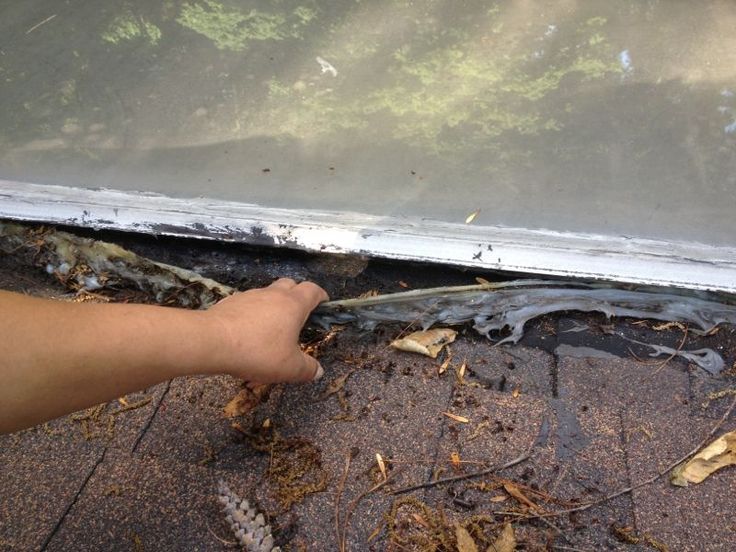

Preventing Roof Leaks in Heavy Rain
Regular roof inspections
Regular roof inspections, both by homeowners and professional roofers, are crucial in preventing roof leaks. Inspections should be conducted at least twice a year and after severe weather events. Identifying and addressing potential issues early can prevent leaks before they cause significant damage.
Maintenance and repairs
Maintaining the roof by promptly repairing any damaged shingles, flashing, or other vulnerable areas is key to preventing leaks. Regular roof maintenance can extend the lifespan of the roof and protect it from heavy rain. It is recommended to hire a professional roofing contractor for complex repairs or when dealing with high-risk areas such as chimneys and skylights.
Proper attic ventilation
Proper attic ventilation plays a vital role in preventing roof leaks caused by condensation and ice dams. Adequate airflow allows moist air to escape the attic, reducing the chances of condensation. Proper ventilation also helps regulate attic temperature, preventing the formation of ice dams during freezing temperatures.
Insulation and moisture barriers
Ensuring proper insulation and moisture barriers in the attic or roof space can prevent leaks caused by condensation and rainwater infiltration. Insulation helps regulate temperature and minimize condensation, while moisture barriers act as additional protection against water damage.
Keeping gutters clean and well-maintained
Regularly cleaning and maintaining gutters and downspouts is essential to prevent roof leaks. Clogged gutters can cause water to overflow onto the roof, leading to water infiltration. Regularly removing debris and ensuring proper water flow through the gutters is important to keep the roof protected during heavy rain.
Addressing ice dams
Properly addressing ice dams is crucial to prevent roof leaks during heavy rain and snowfall. This includes ensuring proper insulation and ventilation in the attic, sealing any air leaks, and removing snow buildup on the roof to prevent ice dams from forming.
Proper installation of skylights and chimneys
Proper installation of skylights and chimneys is essential to prevent leaks. Ensuring that flashing is correctly installed and sealed around these areas can minimize the risk of water infiltration. Hiring a professional roofer experienced in installing skylights and chimneys is recommended to ensure proper installation.
Installing protective underlayment
Installing a protective underlayment beneath the roofing materials provides an additional layer of waterproofing. This underlayment acts as a barrier against water infiltration, preventing leaks during heavy rain. Consulting with a roofing professional can help determine the most suitable underlayment for your specific roofing system.
Promptly addressing any signs of leaks
Being vigilant and promptly addressing any signs of leaks is crucial in preventing further damage. Water stains, drips, or musty odors should all be investigated to determine the source of the leak and initiate immediate repairs. Ignoring these signs can lead to more extensive damage and costly repairs down the line.
Professional roofing services
When it comes to preventing roof leaks in heavy rain, professional roofing services can be invaluable. Experienced roofers have the knowledge, skills, and tools to identify and address potential issues before they become major problems. Regular maintenance and professional inspections provide peace of mind and help extend the lifespan of your roof.
Signs of a Leaking Roof
Water stains on ceilings or walls
Water stains on ceilings or walls are a clear indicator of a leaking roof. These stains may appear as discolored patches or streaks and can range in size and shape. If you notice any water stains, it is important to investigate the source and address it promptly to prevent further damage.
Dripping or pooling water
Dripping or pooling water inside the home during heavy rain is a strong indication of a roof leak. This can occur anywhere in the house and should be addressed immediately to prevent water damage to the interior.
Mold or mildew growth
Mold or mildew growth, especially in areas near the ceiling or walls, is a sign of persistent moisture and potential roof leaks. Mold can appear as discolored patches, fuzzy growth, or a musty odor. If you notice any signs of mold or mildew, it is essential to investigate and address the cause to prevent health issues and further damage.
Soft or sagging spots on the roof
Soft or sagging spots on the roof can be an alarming sign of water damage and potential roof leaks. These areas may feel spongy or give way under pressure. It is important to have these spots inspected by a professional roofer to determine the extent of the damage and take immediate action.
Ceiling or wall discoloration
Discoloration on ceilings or walls, such as yellow or brown stains, can indicate water damage from a leaking roof. These discolored patches may worsen over time if the underlying leak is not addressed promptly.
Musty odors
Musty odors inside the home can be a sign of trapped moisture, mold, or mildew caused by roof leaks. These odors can be more noticeable after heavy rainfall. It is important to investigate the source of the odor and address any potential leaks to prevent further damage and health issues.
Peeling paint or wallpaper
Peeling paint or wallpaper can be another indication of water damage from roof leaks. The moisture from the leaks can cause the adhesive to deteriorate, leading to peeling or bubbling. If you notice peeling paint or wallpaper, it is crucial to identify the source of the moisture and repair it promptly to prevent further damage.
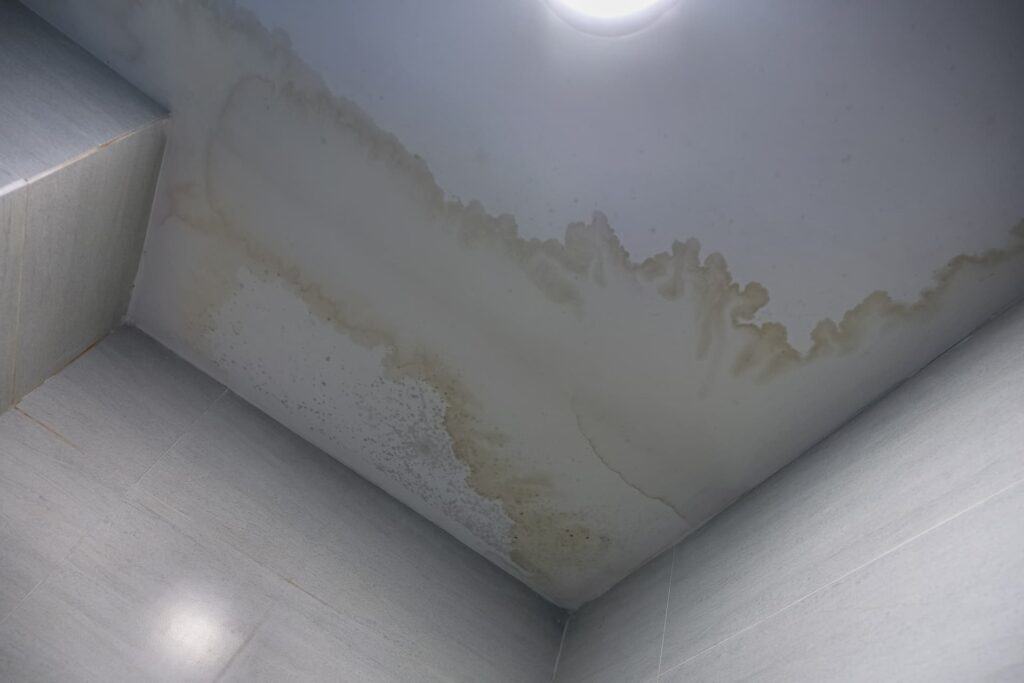

Steps to Take When a Roof Leaks During Heavy Rain
Ensure personal safety
The first step when a roof leaks during heavy rain is to ensure personal safety. Take precautions to avoid slipping on wet surfaces and potential electrical hazards. If the leak is significant and poses a risk to the structural integrity of the building, it may be necessary to evacuate and seek temporary shelter elsewhere.
Contain the water
Once personal safety is ensured, the next step is to contain the water from the leak. Place buckets or plastic containers under the drips or pooling water to prevent further damage to the interior. Use towels or mops to soak up any excess water and prevent it from spreading to other areas of the home.
Protect your belongings
If possible, move furniture, electronics, and other valuables away from the affected area to prevent water damage. Cover these items with plastic sheets or tarps to provide additional protection. Salvage any important documents or items that may be at risk of water damage.
Call a professional roofer
Contacting a professional roofer should be the next step in addressing a roof leak during heavy rain. Experienced roofers have the expertise and tools to identify the source of the leak and provide appropriate repairs. Avoid attempting DIY repairs, as they can be ineffective or even dangerous.
Document the damage
Take photos or videos of the leak and any resulting damage for documentation and insurance purposes. This evidence can support your insurance claim and help determine the extent of the repairs needed. Make detailed notes of any conversations with the roofing professional and keep all receipts and invoices related to the repairs.
File an insurance claim
Contact your insurance provider to file a claim for the roof leak and resulting damage. Provide the necessary documentation, including photos, videos, and any repair estimates. Keep copies of all correspondence and follow up with your insurance company to ensure a smooth claims process.
Common Misconceptions About Roof Leaks
Roof leaks only happen with old roofs
One common misconception is that roof leaks only occur with old roofs. While age and wear can contribute to roof leaks, even relatively new roofs can experience leaks due to other factors such as improper installation, severe weather events, or structural issues. Regular maintenance and inspections are important for roofs of all ages to prevent leaks.
Roof leaks occur only in specific areas
Another misconception is that roof leaks occur only in specific areas such as around chimneys or skylights. While these areas are more prone to leaks, roof leaks can happen anywhere on the roof, especially during heavy rain. It is important to thoroughly inspect the entire roof for any signs of leaks or vulnerabilities.
Roof leaks are always obvious
It is often assumed that roof leaks are always obvious and easily detectable. However, this is not always the case. Some roof leaks may be subtle and go unnoticed for an extended period, resulting in significant damage. Regular inspections and prompt action at the first signs of a leak are essential to prevent further damage.
Roof leaks are a DIY fix
Attempting to fix a roof leak as a DIY project is another misconception. Roof repairs require specialized knowledge, skills, and equipment to ensure proper and long-lasting solutions. Improper repairs can worsen the issue and result in more extensive damage, leading to higher repair costs. It is best to leave roof repairs to professionals.
Roof leaks will go away on their own
Some homeowners mistakenly believe that roof leaks will go away on their own once the rain stops. However, roof leaks are unlikely to resolve themselves, and ignoring them can lead to more significant damage over time. Prompt action is crucial to prevent further water infiltration and minimize the risk of extensive repairs.
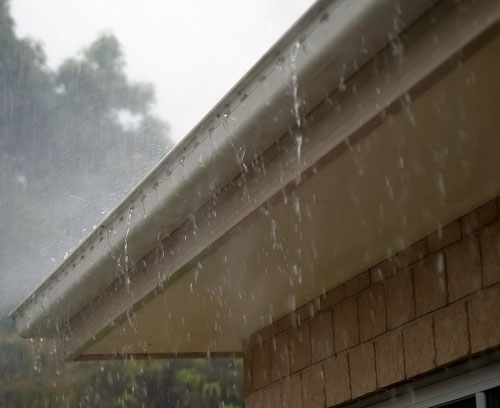

When to Seek Professional Help
Extensive or recurring leaks
If you have extensive or recurring leaks during heavy rain, it is important to seek professional help. A professional roofer can assess the situation, identify underlying issues, and provide effective solutions. They have the expertise to handle complex leaks and ensure long-lasting repairs.
Severe water damage
Severe water damage caused by roof leaks requires professional assistance. The extent of the damage may not be immediately apparent, and water infiltration can compromise the structural integrity of the building. Professional roofers can assess the damage, provide restoration recommendations, and coordinate repairs, if necessary.
Complex roofing systems
Roof leaks in complex roofing systems, such as those with multiple slopes, valleys, or unique architectural features, can be challenging to diagnose and repair. Professional roofers with experience in working with complex roofing systems can provide appropriate solutions and ensure the integrity of the entire roof.
Unaddressed structural issues
If the roof leaks are a result of unaddressed structural issues, such as damaged rafters or deteriorated decking, professional help is essential. Structural repairs require specialized knowledge and expertise to ensure the stability and safety of the building. Professional roofers can work with structural engineers to develop comprehensive repair plans.
Roofing material warranties
Seeking professional help for roof leaks is also essential to protect any warranties on the roofing materials. Many roofing materials come with warranties that require professional installation and regular maintenance. Failure to comply with these requirements may void the warranty, leaving you responsible for the full cost of repairs.
The Importance of Timely Repairs
Preventing further damage
Timely repairs are crucial in preventing further damage to the roof and the overall structure. Roof leaks can lead to water damage, weakened structural integrity, and mold growth. Prompt repairs can stop the progression of damage and prevent costly repairs down the line.
Avoiding costly repairs
Addressing roof leaks promptly can help avoid more expensive repairs in the future. Minor leaks can develop into more significant issues if left unattended, requiring extensive repairs or even roof replacement. By addressing leaks as soon as they are detected, you can minimize the associated costs.
Preserving the lifespan of your roof
Regular maintenance and timely repairs can help preserve the lifespan of your roof. By addressing issues promptly, you can prevent premature deterioration and extend the overall lifespan of your roof. This not only saves you money but also ensures the long-term protection of your home.
Maintaining property value
A well-maintained roof is essential for maintaining property value. Roof leaks can cause cosmetic damage, structural issues, and mold growth, all of which can significantly affect the value of your property. Timely repairs and proper maintenance demonstrate the care and upkeep of your home, ultimately preserving its value.
Protecting the safety of occupants
Addressing roof leaks promptly is crucial for the safety of occupants. Water infiltration can weaken the structure, create electrical hazards, and promote mold growth, all of which pose potential risks to the health and safety of the residents. Timely repairs protect the well-being of everyone in the house.
Minimizing health risks
Timely repairs can minimize the health risks associated with roof leaks. Mold growth and poor indoor air quality can trigger allergies, respiratory issues, and other health problems. By promptly addressing leaks and ensuring a dry environment, you can maintain a healthy living environment for you and your family.
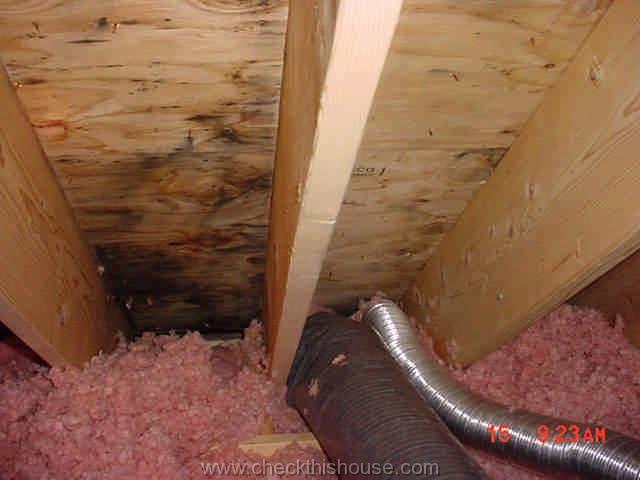

Roof Maintenance Tips to Prevent Leaks
Keep the roof clean
Regularly cleaning the roof is essential to prevent the buildup of debris such as leaves, branches, and dirt. Accumulated debris can trap moisture and promote the growth of algae or moss, leading to roof deterioration and potential leaks. Use a broom or a leaf blower to remove debris from the roof.
Trim overhanging tree branches
Overhanging tree branches can risk causing damage to the roof during heavy rain and windstorms. Falling branches or rubbing against the roof can lead to shingle damage or punctures. Regularly trimming tree branches near the roof helps minimize this risk and prevents potential roof leaks.
Check and maintain flashing
Regularly inspecting and maintaining the flashing around chimneys, skylights, vents, and other areas of the roof is essential to prevent leaks. Check for any signs of deterioration, cracks, or gaps in the flashing. Promptly replace or repair any damaged or deteriorated flashing to maintain a watertight seal.
Inspect and repair shingles
Regularly inspecting and repairing damaged or missing shingles is crucial in preventing roof leaks. Look for any signs of curling, cracking, or excessive wear on the shingles. Promptly replace any damaged or missing shingles to ensure a strong and durable roof.
Maintain proper attic ventilation
Proper attic ventilation is essential in preventing roof leaks caused by condensation and ice dams. Ensure that the attic has sufficient air intake and exhaust vents to allow for proper airflow. Proper ventilation helps regulate attic temperature, preventing the formation of condensation and ice dams.
Ensure adequate insulation
Proper insulation is important in preventing heat loss, condensation, and ice dam formation. Inspect the attic insulation regularly and ensure it is installed correctly and evenly. Add additional insulation as needed to maintain a consistent temperature and minimize the risk of roof leaks.
Conclusion
Roof leaks during heavy rain can cause significant damage to your home and threaten the safety and well-being of its occupants. Understanding the causes of roof leaks, such as age and wear, missing or damaged shingles, and improper installation, is crucial in preventing these issues. Being aware of the effects of roof leaks, which include interior water damage, mold growth, and compromised insulation, emphasizes the importance of addressing leaks promptly. By practicing effective prevention methods, such as regular inspections, maintenance, and proper installation, you can minimize the risk of roof leaks. Seeking professional help when needed and understanding the misconceptions about roof leaks can also aid in preventing further damage and costly repairs. Timely repairs are essential in preserving the lifespan of your roof, maintaining property value, and protecting the safety of occupants. By following roof maintenance tips and promptly addressing any signs of leaks, you can prevent roof leaks and ensure a well-protected home even during heavy rain.

